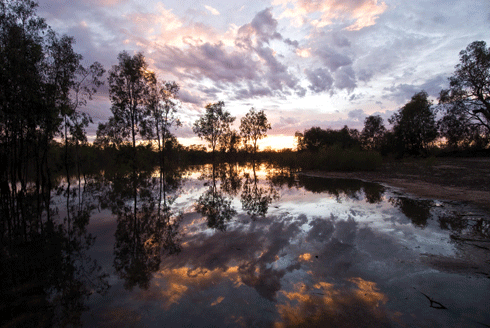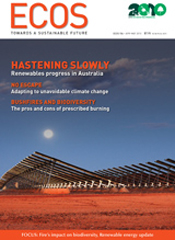
|
Published:
ACF says ‘just add water’ to endangered Murray wetlands
The Australian Conservation Foundation has decided to enter the water market, buy around 200 million litres of water and add it to the Hattah Lakes wetlands in Victoria.
‘Wetlands are the natural filters and nurseries of our river systems, but more than 90 per cent of wetlands in the Murray–Darling Basin have been lost, mainly because too much water is being taken out for irrigation,’ said Dr Paul Sinclair, the ACF’s Healthy Ecosystems Program Manager.
‘The Federal Government has been buying water and returning it to desperately dry wetlands, including the Hattah Lakes, but more needs be done.
‘The Queensland floods will provide some temporary relief for the environment and farmers, but it is short-term relief and won’t address the core problem in the Murray–Darling, which is the over-extraction of water for irrigation,’ Dr Sinclair said.
ACF, supported by MECU Limited, Victoria’s largest financial cooperative, has purchased an estimated 200 million litres (more than 80 Olympic-size swimming pools). The allocation was delivered to Hattah Lakes in May via the Victorian Department of Sustainability and Environment’s environmental watering program.
ACF is giving people the opportunity to directly participate in reviving a wetland by donating $15 to the Just Add Water (www.justaddwater.org.au) initiative ($15 is expected to buy around 75 000 litres, based on recent average water prices and including transaction costs).




